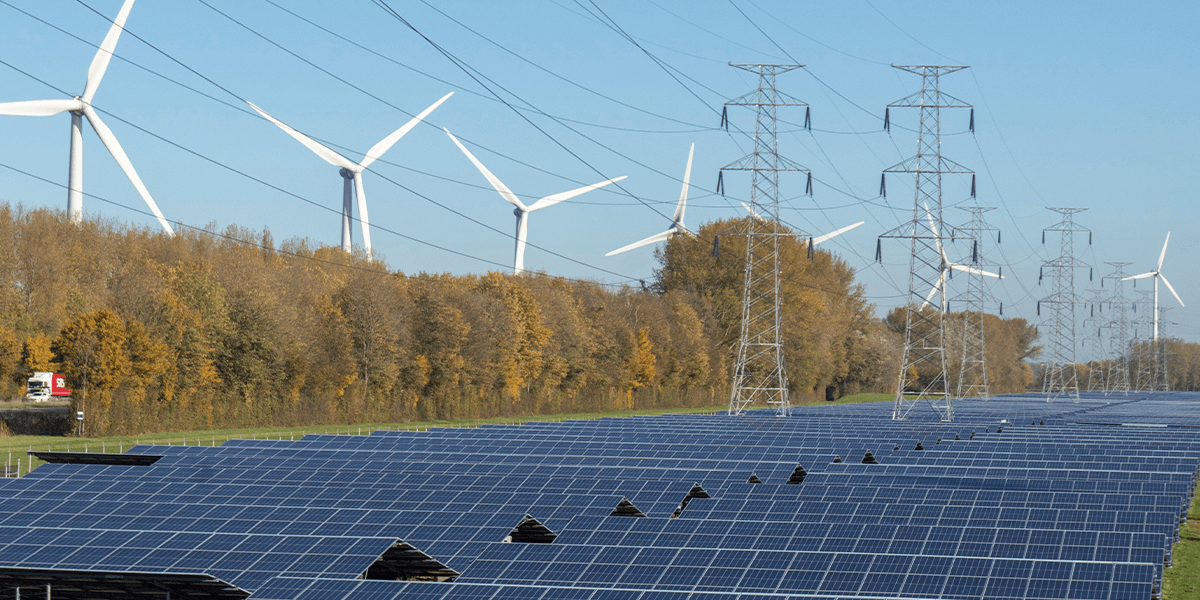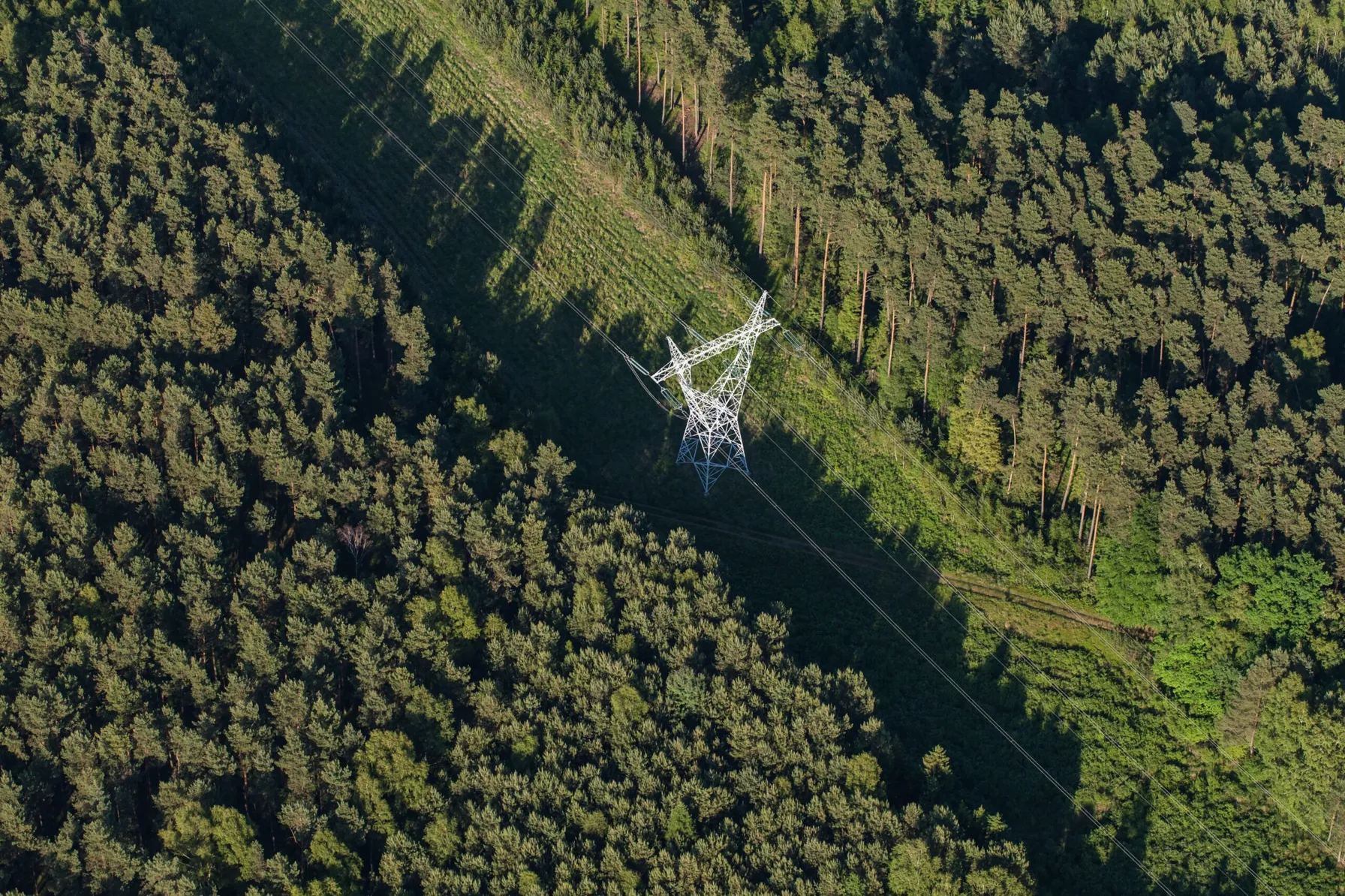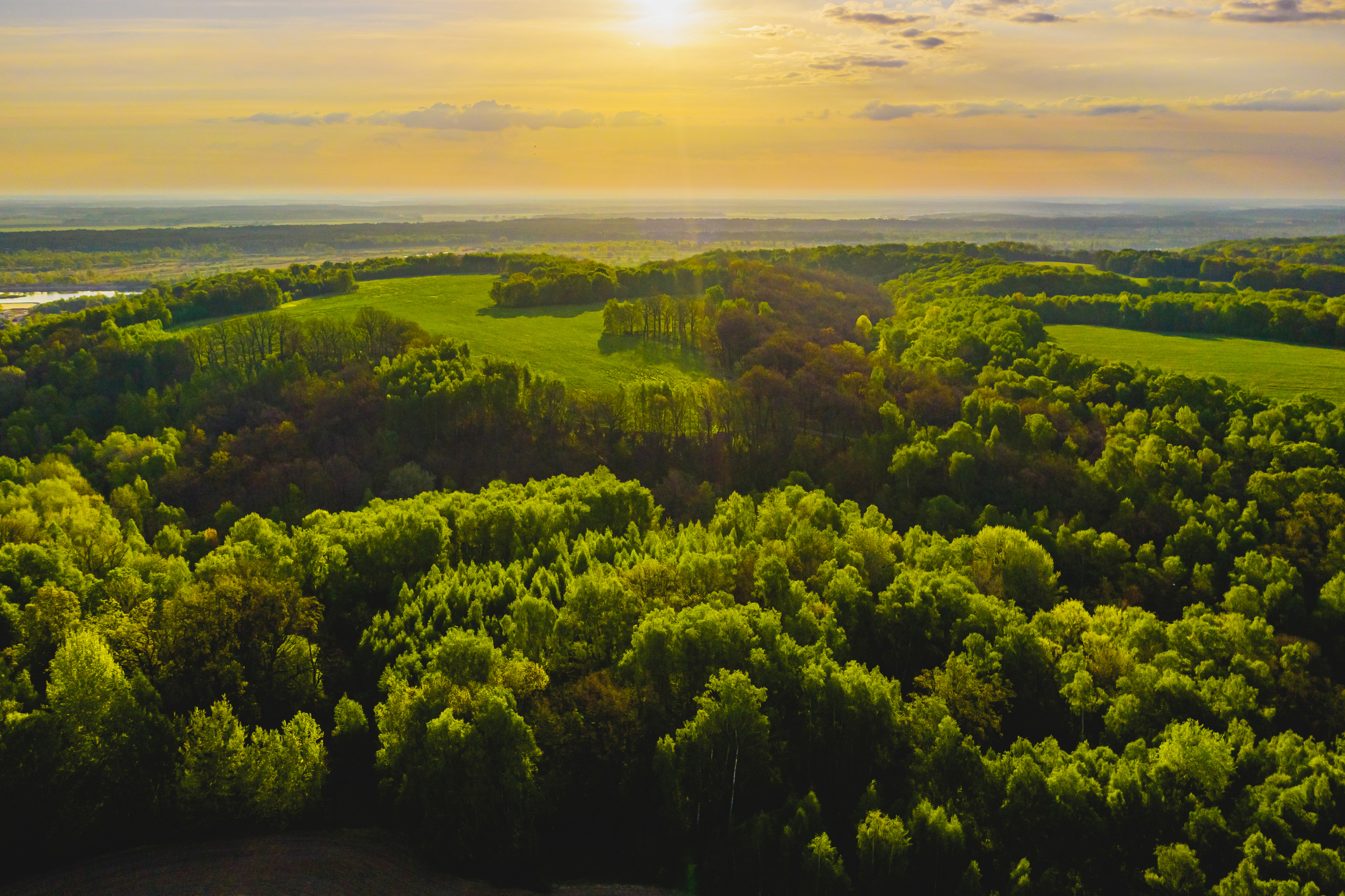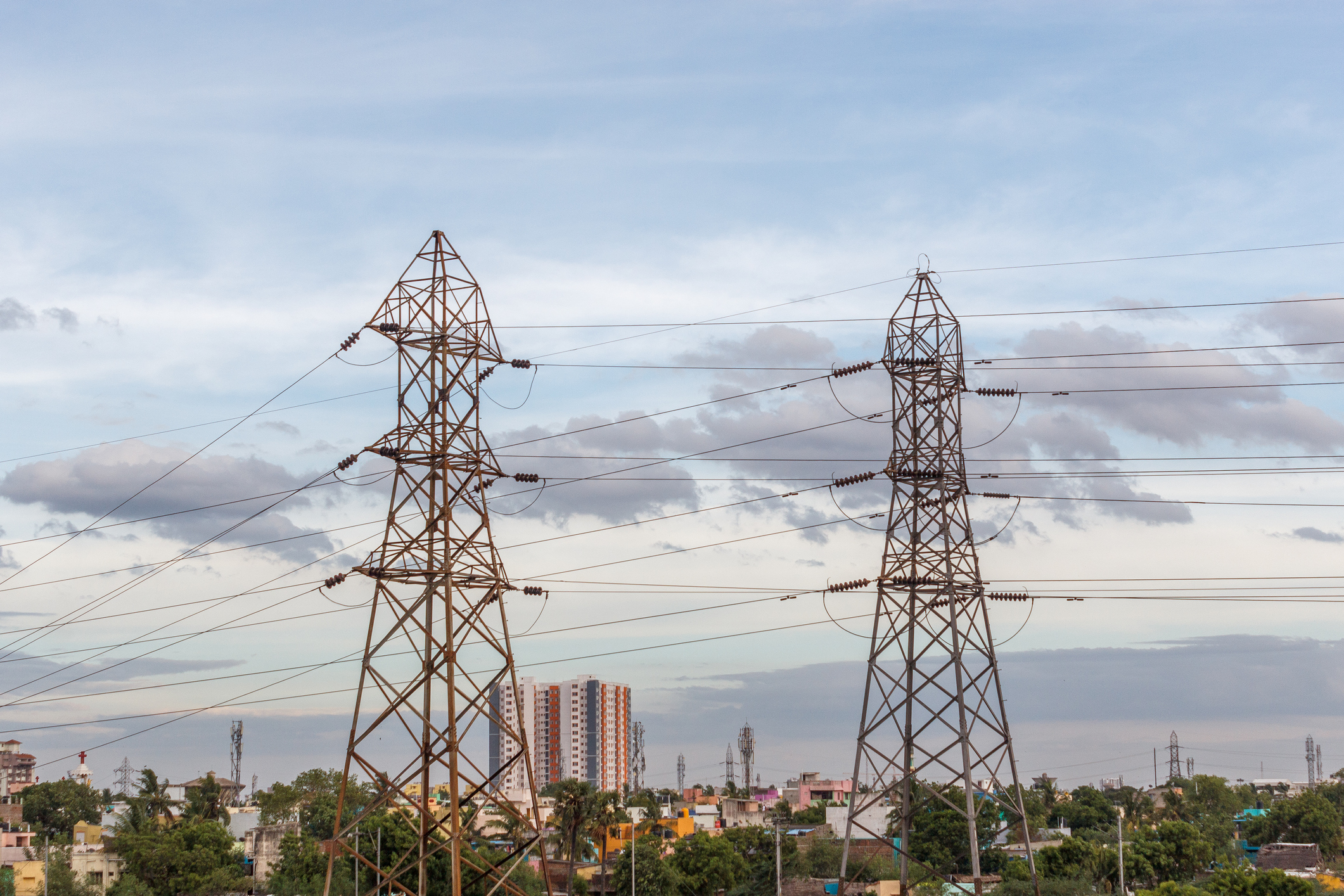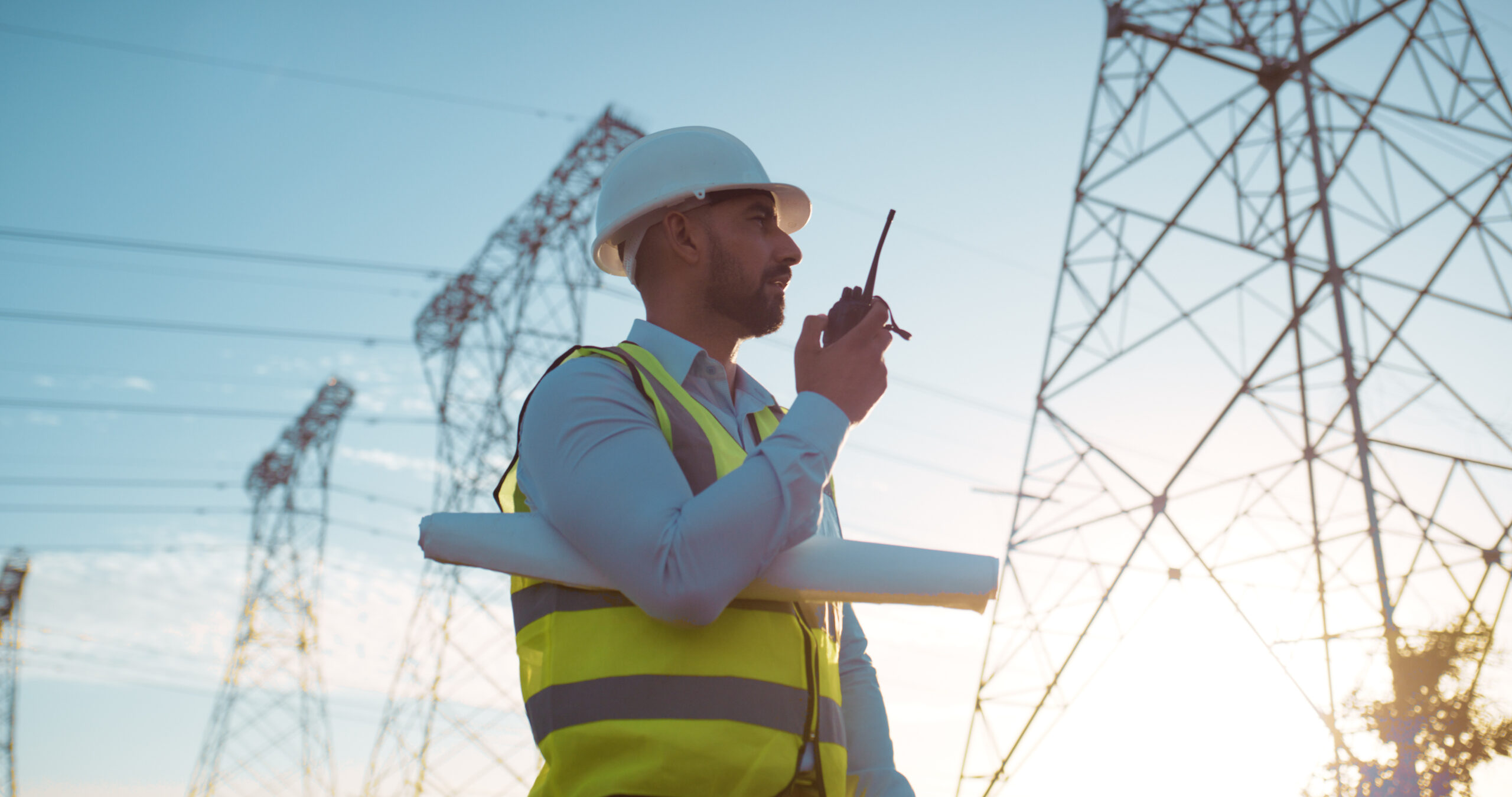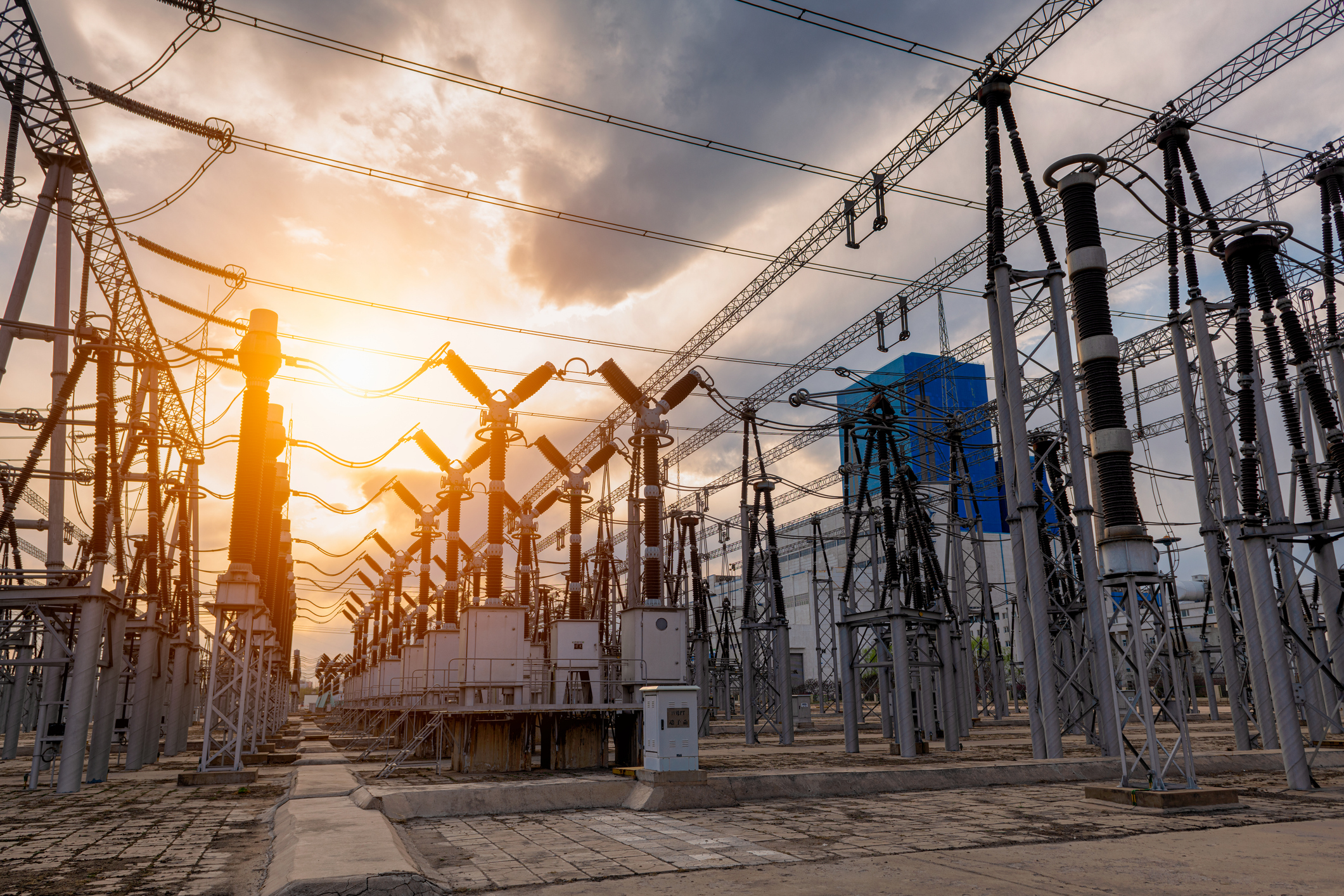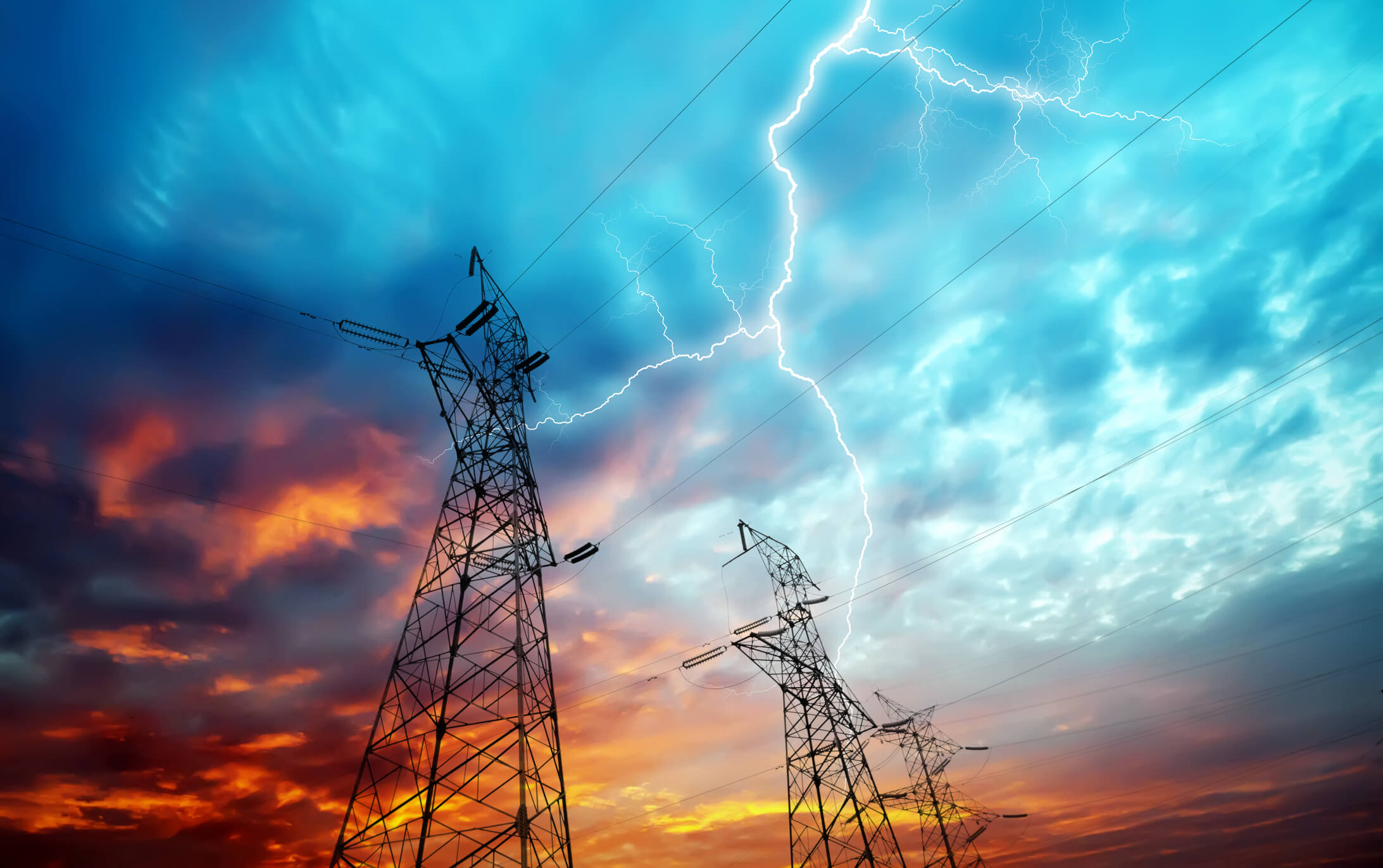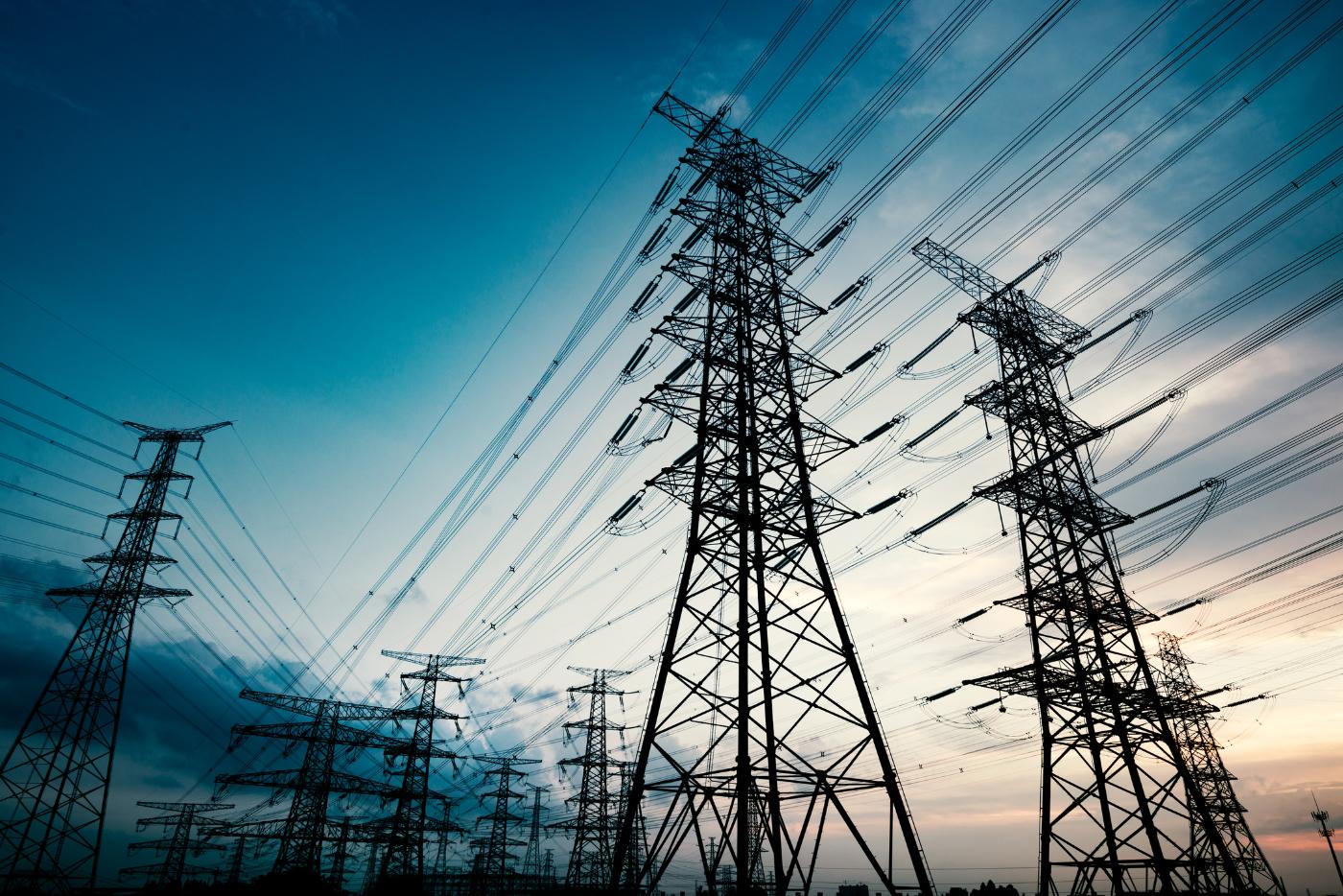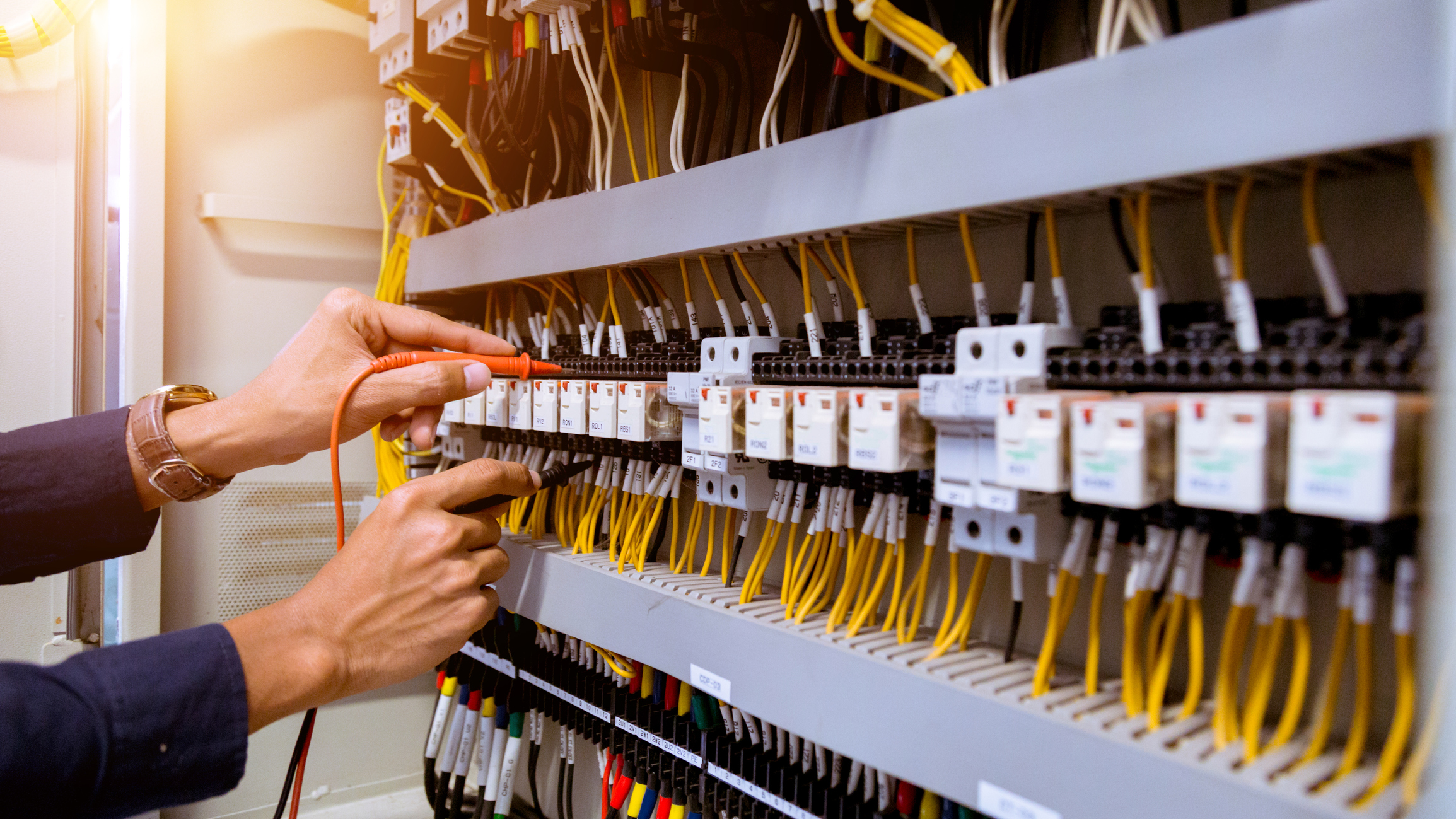Knowing in advance where your distribution system stands and what additional capacity it can handle significantly cuts down on the time it takes to address developer requests for interconnection. This is especially helpful when deadlines and staff resources are tight. With hosting capacity data already established, a utility has what it needs to promptly respond to requests and more effectively prepare any additional interconnection or protection systems studies required. Staff no longer need to scramble to prepare each individual study or gather datasets over and over from scratch.
How To Manage a More Efficient, Successful Interconnection Process
As renewable energy development booms, and distributed energy resources (DERs) proliferate across the grid, the demand for a more efficient and timely interconnection process is at an all-time high. To meet regulatory deadlines and satisfy the needs of both developers and customers, utilities must tackle an increasingly complex array of system impact studies, analyses and reports, under ever shrinking timelines. Proactively modeling power system hosting capacity can provide detailed insight into your grid constraints that will streamline and accelerate the interconnection process. With careful attention to data accuracy, leveraging a hosting capacity analysis can improve your success.
Related Services
Current Challenges
Interconnecting DERs to the grid has become very cumbersome for utilities thanks to a variety of compounding challenges, all of which reinforce the need for a new modeling approach.
Facing these challenges, plus a growing pressure to modernize and automate systems and operations, utilities should consider a new analytical approach that has many benefits for the industry.
Regional Regulatory Differences
Not only are utilities facing a huge influx of requests from developers, but they must manage the many required system analyses within different rules and different timelines across states and regions. Depending on the territory where a developer is applying for interconnection, load study deadlines for a utility can range from 60 to 45 or even 30 days. Operating under these time constraints only serves to exacerbates ongoing workforce and data challenges and slows down progress toward clean energy goals.
Limited Workforce Resources and Outsourcing
The utility industry is facing an unprecedent workforce development challenge. With many workers retiring and the competitive nature of bringing new, long-term engineers and technicians in the door, it is currently very difficult to tackle the demands of DER system impact studies and interconnection analyses in-house. In fact, this work is being outsourced more and more- up to 70% of the time. But because many utilities don’t know where or how they can host new capacity, supporting contractors often must estimate data to meet regulatory deadlines.
Inaccessible, Inconsistent Data
Accurate, accessible system data is critical to producing a true model of grid interconnection capacity. It’s important to know substation load data, current loads on each feeder, and number of customers who will be impacted. The goal is to report as close to a 100% clean representation of what’s out in the field to see what level of injection from the interconnection application is viable. While some utilities have this data readily available, it is often difficult and onerous to determine because there are many variables and system configurations that change throughout the year due to rebuilds and maintenance upgrades, or other modernization initiatives.
Benefits of Hosting Capacity Analysis
A hosting capacity analysis captures the current state of a utility’s power system and details conditions at various locations on the grid to help determine where additional DERs can be added without complex, time consuming interconnection studies and without the need for costly upgrades. Proactively modeling a power system’s hosting capacity can help utilities more easily and effectively respond to future interconnection requests, meet regulatory deadlines and deliver a cleaner, more resilient grid for customers. While it requires an investment of time and resources up front, modeling hosting capacity has many benefits once an analysis is in place.
Having a hosting capacity analysis in place helps reduce the number of steps it takes to conduct required system studies, but also ensures greater accuracy in those studies by eliminating a common practice of estimating model data. Without easy access to accurate system data previously established in a hosting capacity analysis, it’s hard to prove if an interconnection request can be successfully accommodated. Estimates often must be made to meet deadlines. Knowing your capacity at various locations right off the bat can streamline the study and reporting processes and increase the accuracy of those analyses.
A hosting capacity analysis is a quicker, more cost-effective approach to identifying the optimal interconnection load and locations for new distributed energy resources. This study provides a comprehensive look at what level of DERs can be integrated for a given amount of investment, based on a utility’s goals and objectives. Hosting capacity provides insights into strategies for mitigating potential impact on existing services, avoiding over-saturation of certain areas, and recommending areas for further investment. This could improve a utility’s capacity to confidently invest in DERs in a cost-effective manner while also maximizing the return-on-investment.
Data is Critical for Success
To conduct a thorough hosting capacity analysis, it is crucial to extract and validate as much accurate system data as possible. A utility must account for voltage and power quality constraints, protection limits, and safety issues, but also where the interconnection point is, what devices are being interconnected and what is already tied into the distribution system. Conductor sizes should be inventoried, and substation loads for each feeder- including hours of operation and average versus peak loads- tracked. Customer loads and how they are allocated throughout the systems are also critical; are there industrial plants or residential uses; is the location urban or rural.
Where can utilities mine for all of this information? Automatic metering systems can help simulate the data, as can billing systems and/or customer information systems. Using a combination of maps and data can be helpful in prioritizing geographic areas where more interconnection requests are likely. GIS systems and one-line diagrams are particularly useful.
Gathering, documenting and updating hosting capacity data can be complex. It is often useful to have a special outside advisor tasked specifically with accessing, preparing, hosting and maintaining the data on your behalf. Once the initial hosting capacity analysis is established, updating distribution model data a minimum of twice a year is recommended to ensure ongoing and complete accuracy. Updates should reflect data that accounts for any system additions, upgrades or maintenance. This information can come directly from your system planning and/or grid modernization teams who can account for changes in anticipated feeder percentage growth, feeder and substation expansion plans, planned system improvement and feeder reconfiguration.
Next Steps
Overall, hosting capacity analysis can lead to a faster, more efficient, and cost-effective interconnection process that helps utilities, developers, and regulators understand the impacts of adding DERs in both the short-term and long-term. This not only supports the efficient, deployment of modernization, reliability and resiliency upgrades that benefit all ratepayers, but it helps utilities meet constricted regulatory deadlines with reduced time and effort and addresses data accuracy and accessibility issues while delivering a cleaner grid for customers.
Having a trusted partner who can help guide you through the complexities of establishing your hosting capacity can increase your odds of success. TRC’s team of power system studies experts help utilities make smarter decisions about their power systems. Our rigorous assessments and analyses are designed to ensure that any new generation added to a region’s transmission or distribution system will not have an adverse impact on system reliability and operating characteristics. Learn more about our solutions or contact us today.





